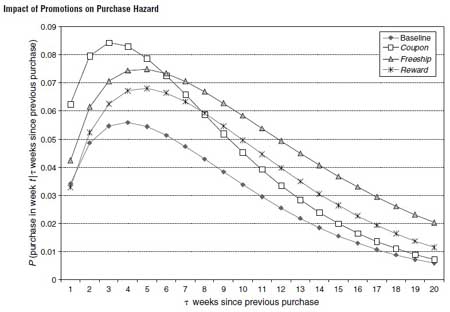Fear and Loathing in WA
You may recall I wrote last year about the explicit or implicit pressure put on Analysts to “torture the data” into analysis with a favorable outcome.  In a piece called Analyze, Not Justify, I described how by my count, about 50% or so of the analysts in a large conference room admitted to receiving this kind of pressure at one time or another.
Since then, I have been on somewhat of a personal mission to try to unearth more about this situation. Â And it seems like the problem is getting worse, not better.
I have a theory about why this situation might be worsening.
Companies that were early to adopt web analytics were likely to already have a proper analytical culture.  You can’t put pressure on an analyst to torture data  in a company with this kind of culture – the analyst simply will not sit still for it.  The incident will be reported to senior management, and the source of “pressure” fired.  That’s all there is to it.
However, what we could be seeing now is this: as #measure adoption expands, we find the tools in more companies lacking a proper analytical culture, so the incidents of pressure to torture begin to expand. Â And not just pressure to torture, but pressure to conceal, as I heard from several web analysts recently.
